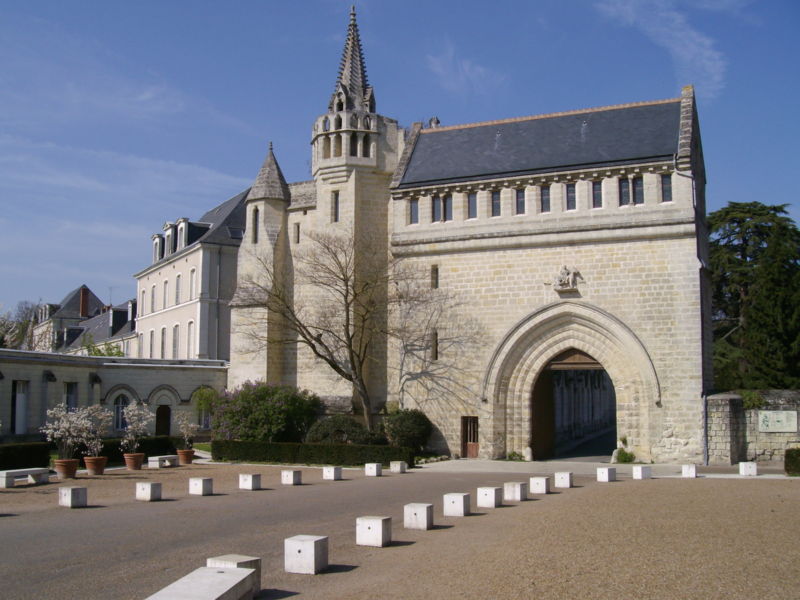We come lastly to the Great Chancellor, whose office was slightly different in character inasmuch as, while domestic in its origin, it was at the same time religious. Among their relics, the Merovingian Kings preserved the little cape (capa) that had been worn by St. Martin. This was the undergarment which he patron of the Gauls was wearing on the day he gave his tunic to a poor man. Hence is derived the word “chapel,” the name given to the place where the relics of kings were kept, and that of “chaplain” to the clerics set apart for the duty of guarding them.

The cloak was preserved in the oratory of the Merovingian kings of the Franks at the Marmoutier Abbey near Tours. The abbey was founded by St. Martin of Tours in 372, after he had been made Bishop of Tours in 371.
These chaplains had to keep a register of the solemn oaths sworn on the capa. In this way there came under their charge the duty of drawing up deeds and diplomas attested by seals. Their head was the Chancellor, who always had to carry the seal suspended from his neck lest it should be stolen.
Frantz Funck-Brentano, The Old Regime in France (New York: Howard Fertig, 1970), P. 146. First published in English in 1929.
Short Stories on Honor, Chivalry, and the World of Nobility—no. 557







